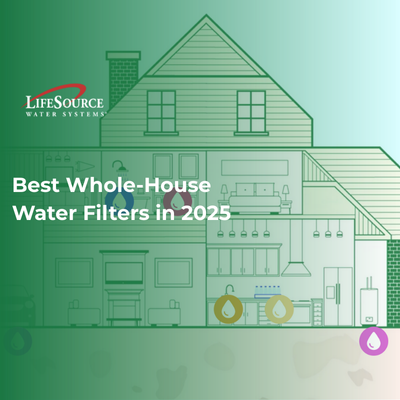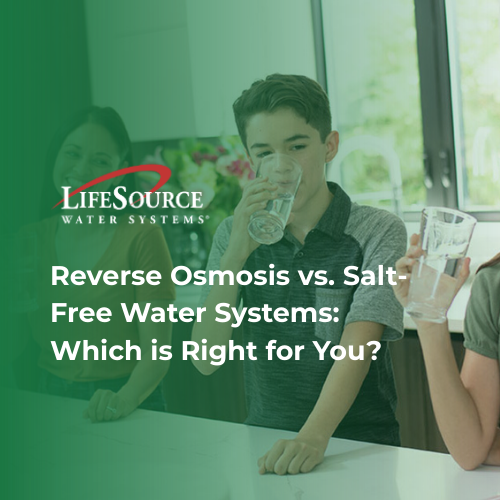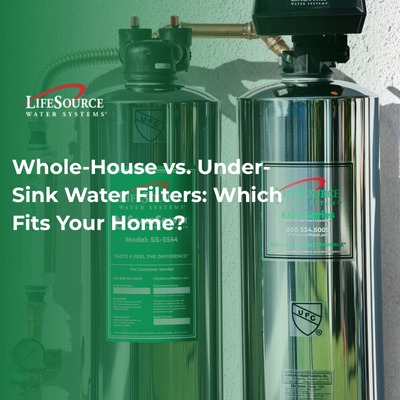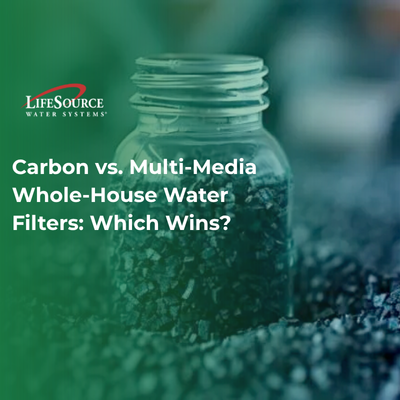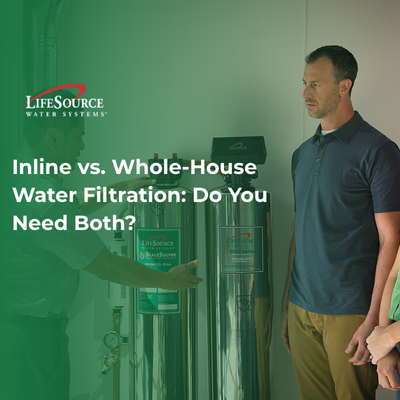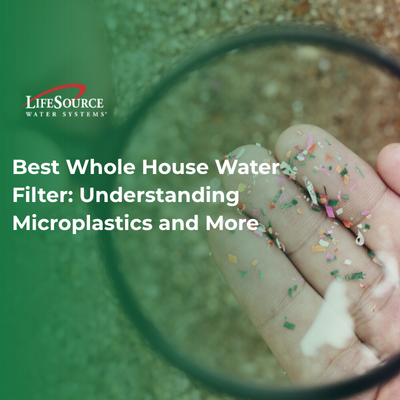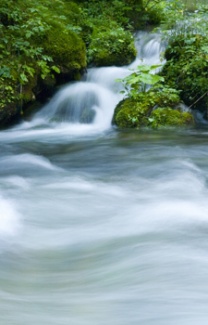
I have been asked this question frequently, as more and more cities throughout the US are banning the use of salt based water softeners. One of these cities is Santa Clarita, CA. The Santa Clara River Chloride Reduction Ordinance of 2008, approved as Measure S by voters on November 4, 2008, required the removal of all residential automatic water softeners by June 30, 2009. Santa Clarita businesses have been prohibited from using automatic water softeners since 1961.
The goal of the Santa Clarita Valley Sanitation District is to reduce the amount of chloride entering the Santa Clara River, which flows through the Santa Clarita Valley and is the last natural river in Southern California. Wastewater generated in the Santa Clarita Valley, from actions such as flushing toilets and washing laundry, is sent to the Sanitation District's Saugus and Valencia Water Reclamation Plants for treatment. The treated water leaving the plants that is not directly reused for landscape irrigation and other applications is sent to the Santa Clara River. While the water reclamation plants provide a high level of treatment, they do not remove chloride. If levels of chloride go too high, they could harm wildlife or have a negative impact on downstream farms that rely on river water for irrigation. Too much chloride in water can damage agricultural crops by causing leaf burn or drying of leaf tissue. It also can harm aquatic life if present at levels of 230 milligrams per liter (parts per million) for sustained periods.
What exactly is chloride? Chloride is one of the two components of sodium chloride, also known as table salt or rock salt. It is also one of the two components of potassium chloride, also known as potassium tablets or potassium crystals. The Santa Clarita Valley water supply contributes the majority of the chloride coming out of the Sanitation District's treatment plants. The largest added source of chloride is from residences. Water softeners rely on salt and potassium chloride to soften the water.
Some residents wonder why the Sanitation District can’t treat all the tap water to make it softer and eliminate the need for water softener systems. It would be very difficult to treat all of the tap water in the Santa Clarita area, since half of the potable (drinkable) water in the area comes from groundwater wells, and it is the water from the groundwater wells that is hard. Water treatment equipment would have to be installed and maintained at numerous wellhead locations that are scattered around the Santa Clarita Valley or combined to develop a centralized treatment facility and new distribution system. The cost for this type of system is staggering and unnecessary if water softeners are eliminated.
The good news is that there are alternatives to water softeners. At the Sanitation Districts of Los Angeles County's website you will find a comprehensive list of recommended water treatment products. The LifeSource Water System has 22 customer reviews and a 5-star rating. LifeSource is the eco-friendly water softener alternative and it is approved for use where cities have banned water softeners.
I have been asked this question frequently, as more and more cities throughout the US are banning the use of salt based water softeners. One of these cities is Santa Clarita, CA. The Santa Clara River Chloride Reduction Ordinance of 2008, approved as Measure S by voters on November 4, 2008, required the removal of all residential automatic water softeners by June 30, 2009. Santa Clarita businesses have been prohibited from using automatic water softeners since 1961.
The goal of the Santa Clarita Valley Sanitation District is to reduce the amount of chloride entering the Santa Clara River, which flows through the Santa Clarita Valley and is the last natural river in Southern California. Wastewater generated in the Santa Clarita Valley, from actions such as flushing toilets and washing laundry, is sent to the Sanitation District's Saugus and Valencia Water Reclamation Plants for treatment. The treated water leaving the plants that is not directly reused for landscape irrigation and other applications is sent to the Santa Clara River. While the water reclamation plants provide a high level of treatment, they do not remove chloride. If levels of chloride go too high, they could harm wildlife or have a negative impact on downstream farms that rely on river water for irrigation. Too much chloride in water can damage agricultural crops by causing leaf burn or drying of leaf tissue. It also can harm aquatic life if present at levels of 230 milligrams per liter (parts per million) for sustained periods.
What exactly is chloride? Chloride is one of the two components of sodium chloride, also known as table salt or rock salt. It is also one of the two components of potassium chloride, also known as potassium tablets or potassium crystals. The Santa Clarita Valley water supply contributes the majority of the chloride coming out of the Sanitation District's treatment plants. The largest added source of chloride is from residences. Water softeners rely on salt and potassium chloride to soften the water.
Some residents wonder why the Sanitation District can’t treat all the tap water to make it softer and eliminate the need for water softener systems. It would be very difficult to treat all of the tap water in the Santa Clarita area, since half of the potable (drinkable) water in the area comes from groundwater wells, and it is the water from the groundwater wells that is hard. Water treatment equipment would have to be installed and maintained at numerous wellhead locations that are scattered around the Santa Clarita Valley or combined to develop a centralized treatment facility and new distribution system. The cost for this type of system is staggering and unnecessary if water softeners are eliminated.
The good news is that there are alternatives to water softeners. At the Sanitation Districts of Los Angeles County's website you will find a comprehensive list of recommended water treatment products. The LifeSource Water System has 22 customer reviews and a 5-star rating. LifeSource is the eco-friendly water softener alternative and it is approved for use where cities have banned water softeners.


